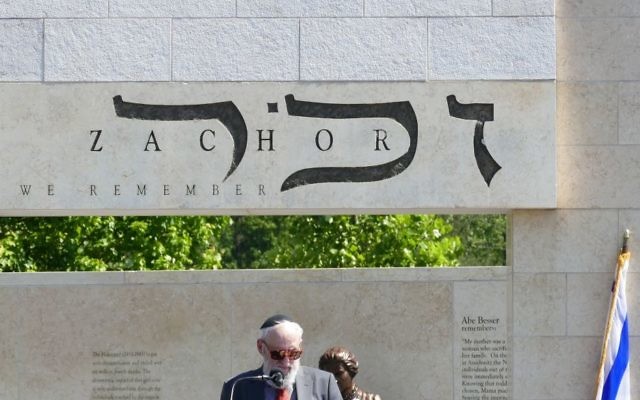Our View: Hard Education on Nazis
High school students playing with swastikas again demonstrate the challenge of teaching about the Holocaust.

A high school drinking game featuring a swastika and a swastika drawn in the morning dew on a high school football field are harsh reminders that time is one of the toughest enemies of the “never forget” mantra.
It’s possible that the Lovett School seniors who participated in a beer-drinking game called Jews vs. Nazis and the other students and young graduates who watched but did nothing have a streak of genuine anti-Semitism running through them. It’s possible that the student who dragged his foot through the dew on the Grayson High football field to create a swastika and the classmates who watched and took a photo carry real Jew-hatred in their hearts.
But it seems unlikely.
Good kids from good homes are capable of detestable views and despicable actions, but young people who know and spend time with Jewish peers, as is certainly the case for the Lovett students and likely the situation for the Grayson students, tend not to become anti-Semites.
When it comes to prejudices, familiarity breeds tolerance, not contempt.
But a lack of actual prejudice or hatred doesn’t change the nature of what those students did. With forethought, they decided it would be fun to play with and display a symbol of hate under which 6 million Jews were slaughtered during the Holocaust. They deserved and received swift punishments from their school administrators.
We wish these were isolated incidents, but they are not. Anti-Semitic incidents have surged inside and outside schools in the past year and a half. Regardless of whether President Donald Trump has intentionally unleashed the neo-Nazis and white supremacists who embrace the slogans and symbols used by Hitler, those purveyors of hate, such as David Duke and Richard Spencer, clearly believe that Trump has turned them loose.
The Lovett party with the offensive, Holocaust-inspired drinking game happened less than a week before neo-Nazis from around the country, including some from metro Atlanta, marched in Charlottesville with chants of “Jews will not replace us.” The ephemeral Grayson swastika appeared 10 days after Heather Heyer was killed by a car driven into anti-Nazi demonstrators in Charlottesville.
The Anti-Defamation League counted 25 anti-Semitic incidents across the country in less than two weeks after Charlottesville, and the list doesn’t include the Grayson swastika.
Can there be any doubt that the teenagers finding pleasure in displays of Nazi symbols are doing what youths often do — copying what they see in the media, especially when what they see upsets the establishment?

The deeper lesson here is the distance of time. More than 72 years after Hitler’s death, most American teenagers don’t know anyone who fought in World War II, let alone anyone who survived the Holocaust. That history is no more real to them than Greek myths or Hollywood superheroes.
It’s more important than ever for Holocaust education to be embedded in school curricula, as early and as often as possible, not just as something that’s mentioned a few times in middle school and again during world history in high school. Such resources as the Breman Museum, the Georgia Commission on the Holocaust and the U.S. Holocaust Memorial Museum must be supported so their influence can spread.
Never is a long time, and never again requires continually increasing educational efforts.



comments